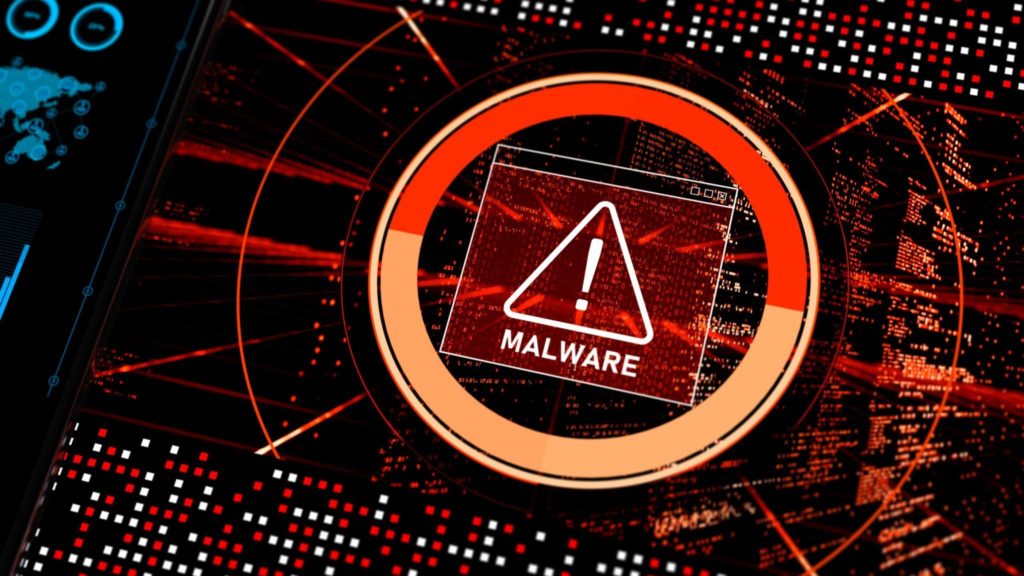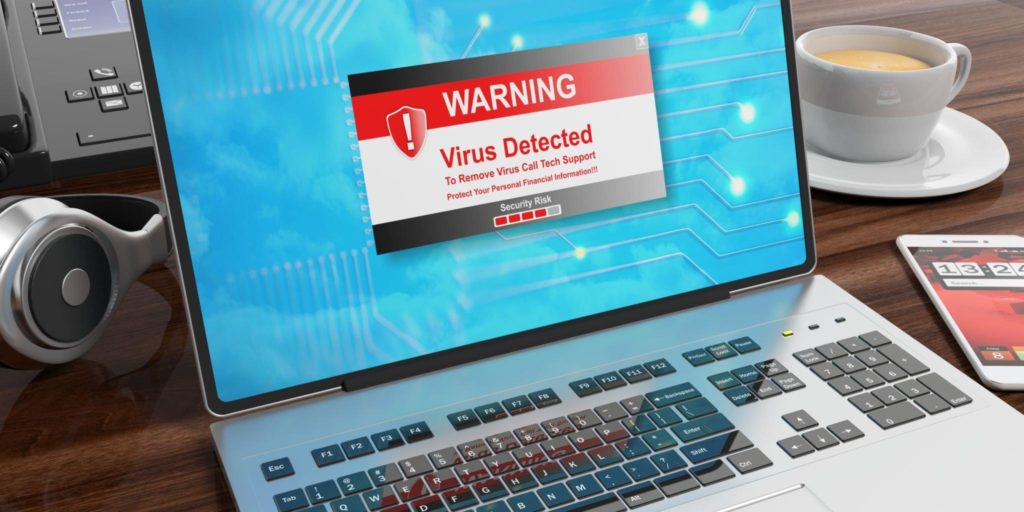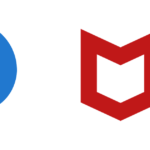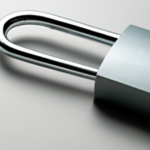Fake antivirus software is a type of harmful program that pretends to be genuine antivirus solutions. They trick users into downloading and setting them up on their PCs, and then, display misleading alerts and notifications about threats that are not real. The aim of these fabricated warnings is to scare users into believing that their computer is infected with viruses, malware, or other security threats.
Once installed, fake antivirus software can be difficult to remove, and it can cause serious damage to a user’s computer. It can disable legitimate antivirus software, steal personal information, and even download additional malware onto the computer. In some cases, fake antivirus software may also demand payment from the user in order to remove the supposed threats from the computer.
Understanding the dangers of fake antivirus software is important for anyone who uses a computer. By learning how to identify and avoid fake antivirus programs, users can protect themselves from these malicious attacks and keep their personal information safe. In the following sections, we will explore how fake antivirus software works, how to identify it, and how to protect against it.
Key Takeaways
- Fake antivirus software poses as legitimate antivirus programs and can cause serious damage to a user’s computer.
- Fake antivirus software can be difficult to remove and can steal personal information or demand payment from the user.
- Learning how to identify and avoid fake antivirus programs is crucial for protecting personal information and keeping a computer safe.
Table of Contents
Understanding Fake Antivirus
Fake antivirus, also known as rogue antivirus, is a type of malware that disguises itself as legitimate antivirus or security software. It is designed to trick users into believing that their computer is infected with a virus or malware, and then prompt them to download and install the fake antivirus software to remove the supposed threat.
Once installed, the fake antivirus software will run a fake scan of the computer and display fake virus warnings and security alerts. These warnings are designed to scare the user into believing that their computer is infected with a virus or malware, and that they need to purchase the full version of the fake antivirus software to remove the threat.
To avoid falling victim to a fake antivirus scam, it is recommended to only download and install antivirus software from reputable sources. It is also important to keep the operating system and security software up to date and to be cautious when opening emails or clicking on links from unknown sources.

How Fake Antivirus Works
Fake antivirus software is a type of malware that masquerades as legitimate antivirus software. It is designed to trick users into believing that their computer is infected with viruses and other malware. Once installed, it can cause a range of problems, including slowing down the computer, stealing personal information, and even damaging the system.
Deceptive Advertising
One of the most common ways that fake antivirus software is distributed is through deceptive advertising. This can take the form of pop-up messages, links, and emails that claim to offer free antivirus software or a system scan. These ads often use scare tactics to convince users that their computer is infected with viruses and that they need to download the software immediately.
Malicious Downloads
Fake antivirus software can also be downloaded from websites that have been compromised by hackers. These downloads may be disguised as legitimate software or may be bundled with other software that the user is downloading. Once installed, the fake antivirus software will typically begin running fake scans and displaying false virus alerts.
Scare Tactics
Fake antivirus software relies heavily on scare tactics to convince users to download and install the software. This can include pop-up messages that claim that the computer is infected with viruses or that sensitive information is being stolen. In some cases, the software may even display fake blue screens of death or other error messages to further convince the user that their system is infected.

Implications of Fake Antivirus
Fake antivirus software can have serious implications for users. These programs are designed to look like legitimate antivirus software, but they are actually malware that can cause harm to a user’s computer and personal information. Below are some of the implications of fake antivirus software:
System Compromise
Fake antivirus software can compromise a user’s system by slowing down their computer, causing it to crash, or even disabling it altogether. These programs often run in the background, using up system resources and making it difficult for users to perform basic tasks. In some cases, fake antivirus software can also install other malware onto a user’s system, such as ransomware or spyware.
Identity Theft
Fake antivirus software can also be used to steal a user’s personal information. Some programs are designed to look for sensitive information, such as credit card numbers or social security numbers, and send that information back to the cybercriminals who created the software. This can lead to identity theft and financial fraud.
Financial Fraud
Fake antivirus software can also be used to commit financial fraud. Some programs are designed to trick users into purchasing a full version of the software, which is often expensive and provides no real protection. Other programs may display fake warnings or alerts, encouraging users to download additional software or pay for additional services. These scams can result in users losing money and providing their personal information to cybercriminals.
Identifying Fake Antivirus
Fake antivirus software is a type of malware that poses as legitimate antivirus software. It is designed to trick users into believing that their system is infected with malware and that they need to purchase a full version of the software to remove the supposed threats. In reality, the software is a scam and can cause serious harm to the user’s computer.
Warning Signs
One of the most common ways to identify fake antivirus software is through warning signs. These can include pop-up messages that claim to have detected a virus on the user’s computer, or warnings that the computer is infected with malware. These warnings often have a sense of urgency and may contain threats that the user’s computer will be permanently damaged if they do not take immediate action.
Rogue Processes
Another way to identify fake antivirus software is through rogue processes. These processes can be identified by checking the Task Manager on Windows or Activity Monitor on Mac. Rogue processes often have a random name and consume a large amount of system resources. They may also be difficult to terminate and may restart automatically after being terminated.
Unusual System Behavior
Fake antivirus software can also cause unusual system behavior. This can include system crashes, slow performance, and other issues that are not typical for the user’s computer. In some cases, the software may even disable legitimate antivirus software or prevent the user from accessing certain websites.
To avoid falling victim to fake antivirus software, users should be cautious when downloading software from the internet. They should only download software from reputable sources and should always check the reviews and ratings of the software before downloading it. Users should also keep their antivirus software up to date and should regularly scan their computer for malware.
Protection Against Fake Antivirus
To avoid falling victim to fake antivirus software, it is essential to follow safe internet practices, use reliable security software, and regularly update your system.
Safe Internet Practices
One of the most effective ways to avoid fake antivirus software is to practice safe internet habits. Be cautious when clicking on links or downloading attachments from unknown sources. Cybercriminals often use social engineering tactics to trick users into downloading fake antivirus software.
Using Reliable Security Software
Using reliable security software is essential for protecting your system against fake antivirus software. A security suite or security solution can help protect against various vulnerabilities and threats, including fake antivirus software.
Regular System Updates
Regularly updating your system is crucial for protecting against fake antivirus software. Cybercriminals often exploit vulnerabilities in outdated software to install malware and viruses on a user’s system.
Removal of Fake Antivirus
Removing fake antivirus software can be a challenging task, but it is essential to do so to protect your system from further harm. There are two primary methods for removing fake antivirus software: using antivirus removal tools and manual removal.
Using Antivirus Removal Tools
Antivirus removal tools are specialized software designed to detect and remove malicious software, including fake antivirus programs. These tools are often provided by antivirus product vendors and can be downloaded and installed for free.
When using an antivirus removal tool, it is essential to ensure that it is up-to-date with the latest virus definitions. This will help to ensure that the tool can detect and remove the latest threats.
One of the best antivirus software for removing fake antivirus is Malwarebytes. It is a popular and effective tool that can detect and remove a wide range of malware, including fake antivirus programs. Other popular tools include Norton Power Eraser and AdwCleaner.
Manual Removal
Manual removal is a more complicated process that involves identifying and removing the fake antivirus program manually. This method is not recommended for inexperienced users, as it can be challenging to identify and remove the program correctly.
To manually remove a fake antivirus program, the user must first identify the program’s location on the system. This can be done by searching for the program’s name in the system’s registry or file system. Once the program’s location is identified, the user can attempt to remove it manually.

Case Studies of Fake Antivirus
Antivirus XP 2008
Antivirus XP 2008 was a notorious fake antivirus that was first discovered in 2008. It was a variant of the Win32/FakeXPA malware family and was designed to trick users into believing that their computer was infected with viruses and malware. Once installed, the fake antivirus would display fake security alerts, pop-ups, and warnings, urging the user to purchase the full version of the software to remove the detected threats.
Antivirus XP 2008 was distributed through malicious websites, spam emails, and social engineering tactics. It was also known to exploit vulnerabilities in outdated software and operating systems. Once installed, the fake antivirus would modify the Windows registry to ensure that it started automatically every time the computer was turned on.
To remove Antivirus XP 2008, users had to manually delete the files and registry entries associated with the malware. Microsoft released a removal tool for Antivirus XP 2008, which could be used to automatically remove the malware from infected systems.
Smitfraud
Smitfraud is another fake antivirus that has been around since 2007. It is a type of rogue security software that displays fake security alerts and warnings to the user, urging them to purchase the full version of the software to remove the detected threats. Smitfraud is often distributed through malicious websites, spam emails, and social engineering tactics.
Once installed, Smitfraud would modify the Windows registry to ensure that it started automatically every time the computer was turned on. It would also disable the Task Manager, Registry Editor, and other system tools to prevent the user from removing the malware.
To remove Smitfraud, users had to manually delete the files and registry entries associated with the malware. Microsoft released a removal tool for Smitfraud, which could be used to automatically remove the malware from infected systems.
In conclusion, fake antivirus software such as Antivirus XP 2008 and Smitfraud are designed to trick users into believing that their computer is infected with viruses and malware. These fake antiviruses are often distributed through malicious websites, spam emails, and social engineering tactics. Users should be vigilant and avoid downloading software from untrusted sources. If infected, users should take immediate action to remove the malware from their system.
Conclusion What is a Fake Antivirus
In conclusion, fake antivirus software is a significant threat to computer users. It can cause damage to a computer and its user in many ways. Fake antivirus programs are designed to look legitimate and often encourage victims to remove viruses from their system, perform updates, or install new software.
Scammers design these warnings specifically to scare users. They use various methods to distribute fake antivirus software, including malicious websites, botnets, phishing scams, deceptive advertisements, and Trojan horses.
To avoid falling victim to fake antivirus software, users should be cautious when downloading software from the internet. They should only download software from reputable sources and should always keep their antivirus software up to date. Users should also be careful when clicking on links in emails, especially if they are from unknown senders or if the email looks suspicious.
If users suspect that they have installed fake antivirus software on their computer, they should immediately run a scan with their legitimate antivirus software and remove any threats that are detected. Users can also seek the help of a professional if they are unsure how to remove the fake antivirus software.
Overall, users should be vigilant when it comes to protecting their computers from fake antivirus software. By following the tips outlined in this article, users can help ensure that their computers remain safe and secure.
Frequently Asked Questions
How can I identify a fake antivirus program?
Fake antivirus programs can be identified by their behavior. They often display pop-up messages warning the user of a virus or malware infection, and then prompt the user to download and install the program. These messages may appear even when the computer is not connected to the internet. Additionally, the program may not be able to detect or remove any actual threats on the computer.
What are the risks of using fake antivirus software?
Using fake antivirus software can be dangerous. The program may not be able to detect or remove actual threats on the computer, leaving it vulnerable to further infections. Additionally, the program may contain malware that can steal personal information or damage the computer.
Is it possible for fake antivirus to cause damage to my computer?
Yes, fake antivirus programs can cause damage to the computer. Some programs may contain malware that can steal personal information, damage files or software, or even take control of the computer.
Are there any reliable ways to remove fake antivirus programs?
Yes, there are ways to remove fake antivirus programs. One way is to use a legitimate antivirus program to scan and remove the fake program. Another way is to use the computer’s built-in uninstall function to remove the program. However, in some cases, the program may be difficult to remove and may require the assistance of a professional.
What are some common signs of a fake antivirus program?
Common signs of a fake antivirus program include pop-up messages warning of a virus or malware infection, prompts to download and install the program, and an inability to detect or remove actual threats on the computer. Additionally, the program may have a generic or suspicious name, and may not have a legitimate website or contact information.
Can fake antivirus programs steal personal information from my computer?
Yes, fake antivirus programs can steal personal information from the computer. Some programs may contain malware that can steal passwords, credit card numbers, or other sensitive information. It is important to use a legitimate antivirus program and to be cautious when downloading and installing software from the internet.
- Amazon Email Phishing: How to Identify and Avoid Scams - May 11, 2025
- Malwarebytes vs McAfee: Decoding the Ultimate Antivirus Battle - May 11, 2025
- Best Antivirus for Windows 10: Expert Recommendations for 2023 - May 11, 2025









